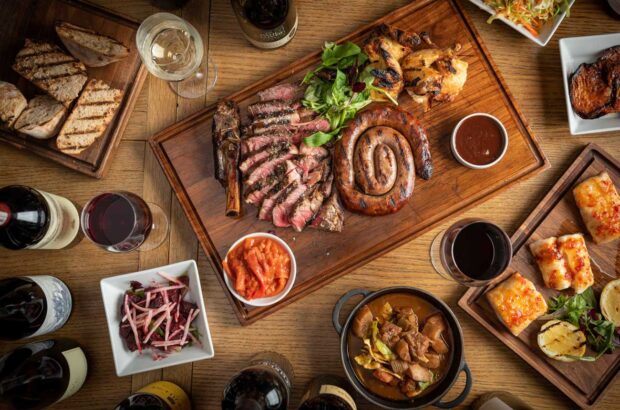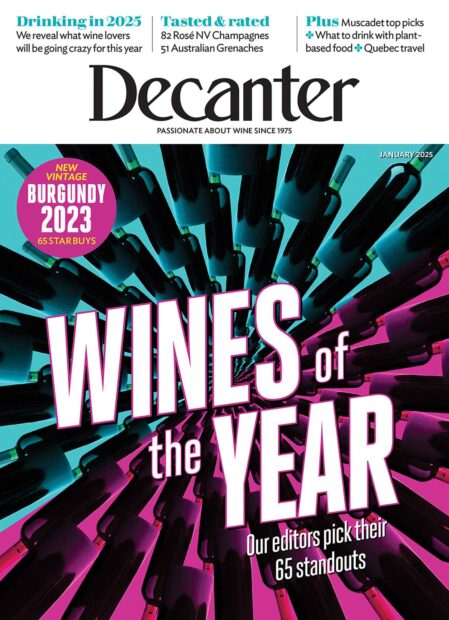In 1855, at the Paris Exhibition that named the first growths, it was Margaux that came top of the tasting, with 20/20. Lafite and Latour both scored 19/20...
Location
AOC Margaux, next to the pretty St Michel church (where former owner Bernard Ginestet is buried).
Production
82 hectares of red grapes, producing around 11,000 cases of the first wine and 9,600 of the second wine.
12 hectares of white grapes producing a highly regarded white wine, Pavillon Blanc. There is also a third wine, Margaux du Chateau Margaux.
Terroir
Clay with limestone, and a topping of coarse and fine gravels. It is one of the most varied terroirs on the Margaux commune, with some plots being almost entirely gravel.
View all of Decanter’s Château Margaux tasting notes
Since 2010, a series of small stainless steel 25 hectolitre vats have been installed, able to take grapes from around ¼ of a hectare in each one, most typically young vines that need to be followed and understood.
Traditional wooden vats are also used. A research & development team are working on various research projects at any one time – current ones include tests such as bottling the wine under screw-cap.
History
The estate can trace its history back to the 12th century, when it was known as La Mothe de Margaux, and it was owned by a series of wealthy lords. Vines were not seriously planted (or assembled by one owner) until the 16th century, when Olive de Lestonnac’s father Pierre began buying local plots. It was one of the first Bordeaux chateaux to export its wines under its own name, and was regularly making an appearance at the London auctions of Christie’s in the early 18th century.
Vine cuttings were sent from Chateau Margaux (and Haut-Brion) to Pennsylvania, where they were experimenting with planting vineyards, just after the French Revolution, so not long after Thomas Jefferson’s visit.
As with all the first growths, there have been a good number of notable past owners. But perhaps worthy of a special nod is Olive de Lestonnac in the early 17th century – she was the first owner to build a physical property that brought the vines together as one ‘chateau’. We should also note here the Marquis de la Colonilla, who in 1810 commissioned the building of the current chateau building.

Obituary: Paul Pontallier of Château Margaux – 1956 to 2016
An 'extraordinary talent' who will be sorely missed...

Wine Legend: Château Margaux 1983
What makes it a wine legend?

From the archive: Steven Spurrier – My top 10 Bordeaux wines of all time
Bordeaux wines that stayed in his memory more than any others over his long career...







